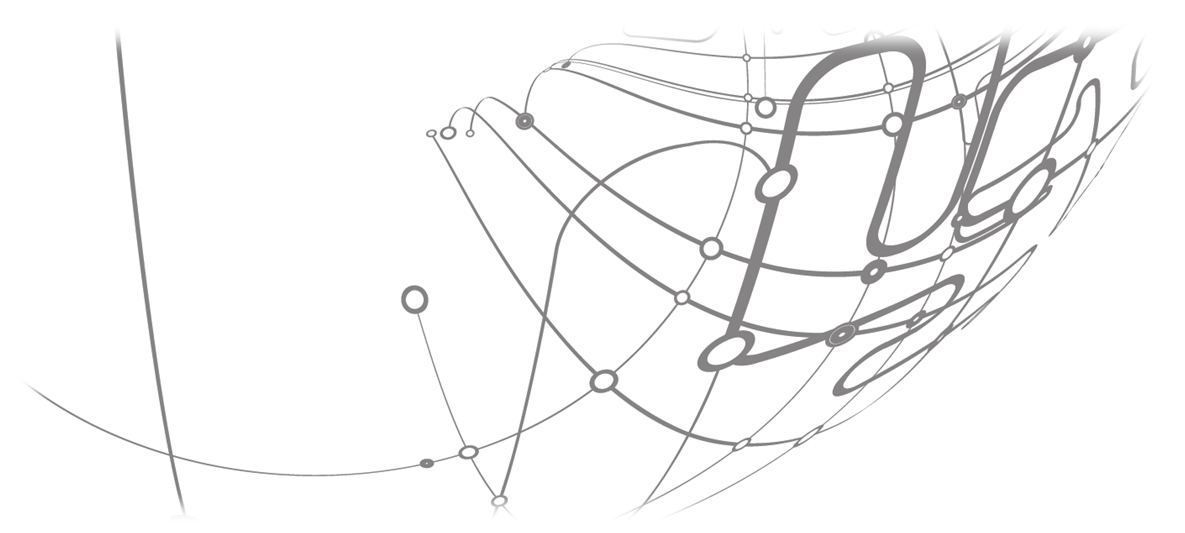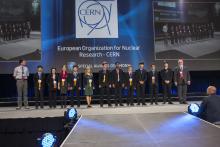
Intel ISEF Special Award winners visit CERN
For the fourth year, CERN hosted in June the visit of 12 pre-college students who won the CERN Special Award at the Intel International Science and Engineering Fair (ISEF) 2012. The Intel ISEF is the world's largest international pre-college science competition offering a yearly forum for more than 1,500 high school students from about 70 countries to showcase their independent research tackling challenging scientific questions. The organizer, ‘Society for Science & the Public’, partners with Intel, along with dozens of other corporate, academic, government and science-focused sponsors, to reward the best students, all winners of national competitions.
The CERN Special Award was established in 2009, when Craig Barrett, Intel’s chairman of the Board at the time, visited CERN as part of Intel’s partnership in CERN openlab. Craig Barrett and Wolfgang von Rüden, former IT Department Head and former CERN openlab Head, defined the award as a 5-day trip to CERN for 12 students, co-funded by CERN and Intel. The first students came to CERN in June 2009. Now in its fourth year, this Special Award proves to be very popular. The award winners went through a thorough selection process. Applicants had to excel in an online test before being reviewed by Jan Iven and Wolfgang von Rüden at the fair in Pittsburgh. The final selection was based on the evaluation of the students’ projects and on individual interviews.
This year’s winners are: Saumil Bandyopadhyay, Benjamin Craig Bartlett, Linn Bieske, Anirudh Dasarathy, Valerie S. Ding, Viola Mocz, Mingu Kim, Akash Krishnan, Henry Wanjune Lin, Christopher Stephen Nielsen, Nicholas Benjamin Schiefer, Connor Everett Tom. Despite their young age, all are already well-acquainted with science, having done projects covering topics as diverse as 'Apodora: Markov Chain‐Inspired Microsearch', ‘Using the Temperature Dependence of the Speed of Sound to Detect Volatile Organic Compounds in Air’, ‘A Novel Quantum Mechanical Approach to Property Analysis and Energy Efficiency Algorithm for White‐Light LEDs’ and ‘Improving 3D Virtualization and Object Recognition in Real‐Time Using Kinect Sensors’, to name just a few.
The students visited the Large Hadron Collider facility, CLIC, anti-matter experiments, and enjoyed presentations from various prominent physicists and engineers. They particularly appreciated a few hours of individual coaching by a scientist on a topic selected by the student. Visits to Geneva, EPFL and the region were also part of their programme.
=======================================================================
Further details about the visit programme, the 2012 students and their projects are available here.One of the students also posted a blog post related to her experience at CERN this year.
Selection of previous years' coverage:
- CERN Bulletin Issue: 28/2011 & 29/2011, Mon 11 Jul 2011, BUL-NA-2011-176
- Interviews of the CERN Special Award winners 2011 on the CMS experiment YouTube TV.
- Eliza McNitt, ISEF winner in 2009, produced this documentary about her group's visit.











